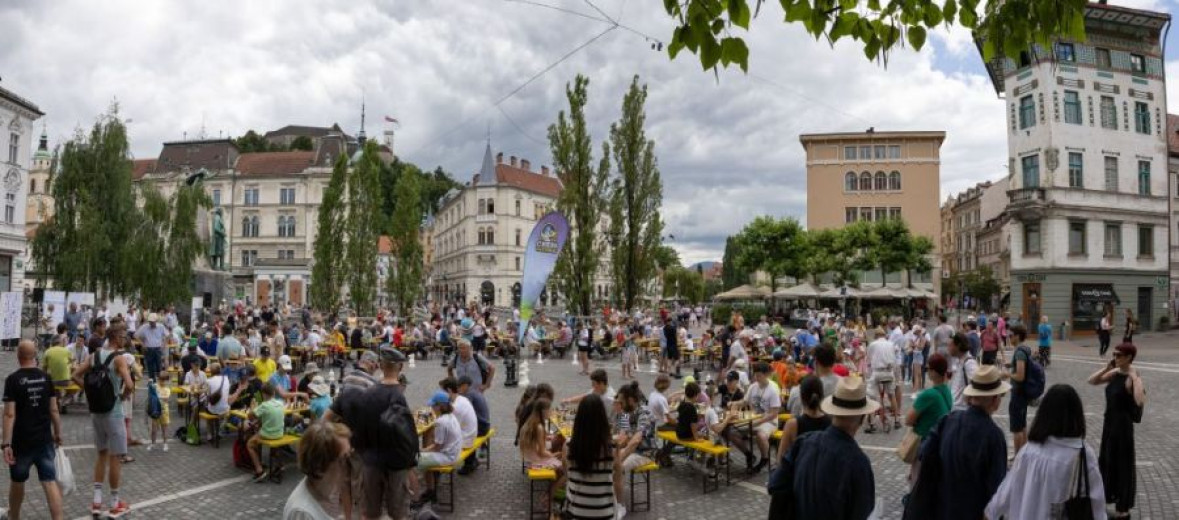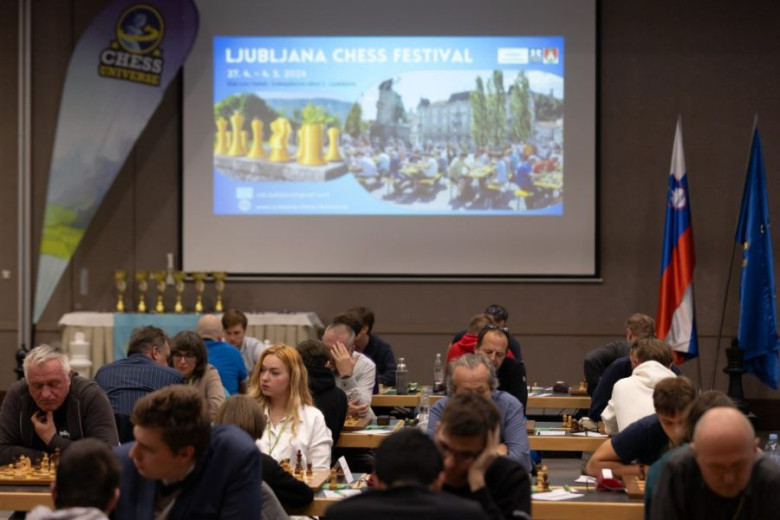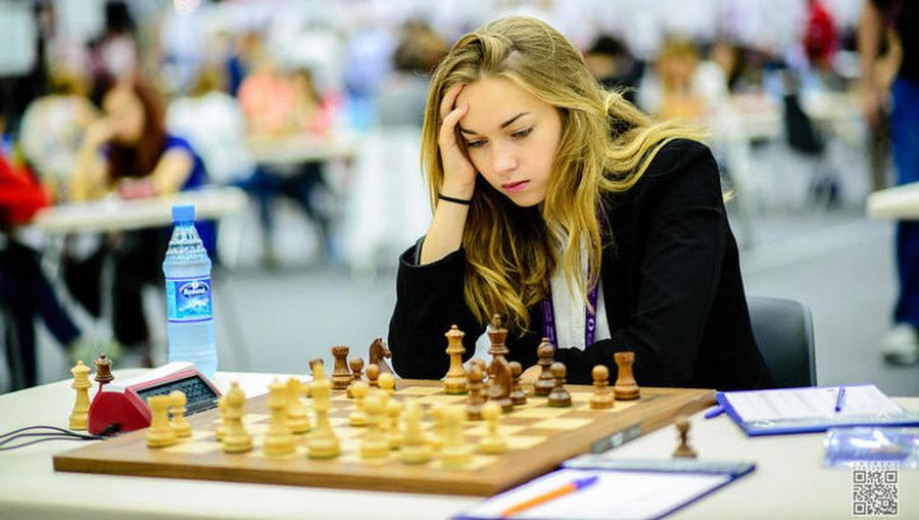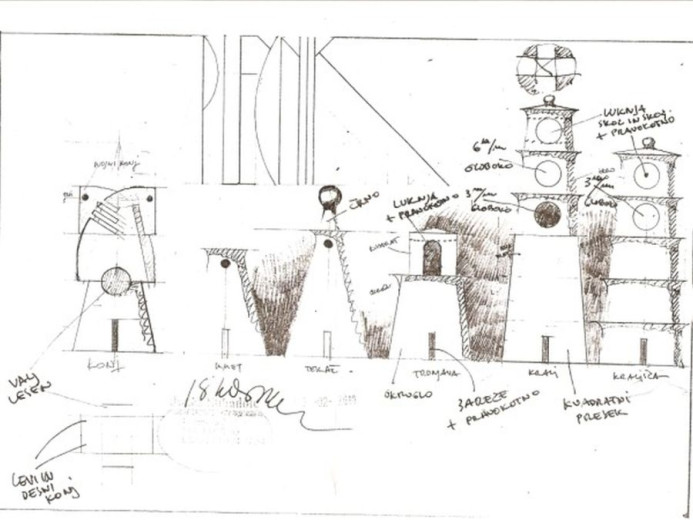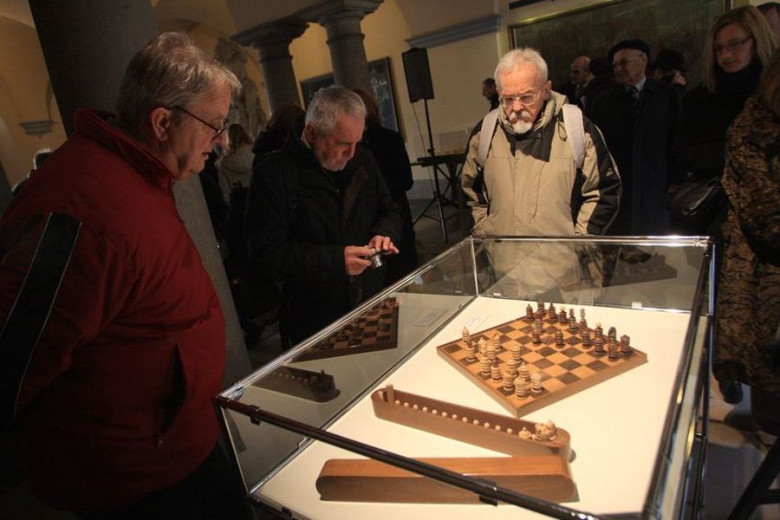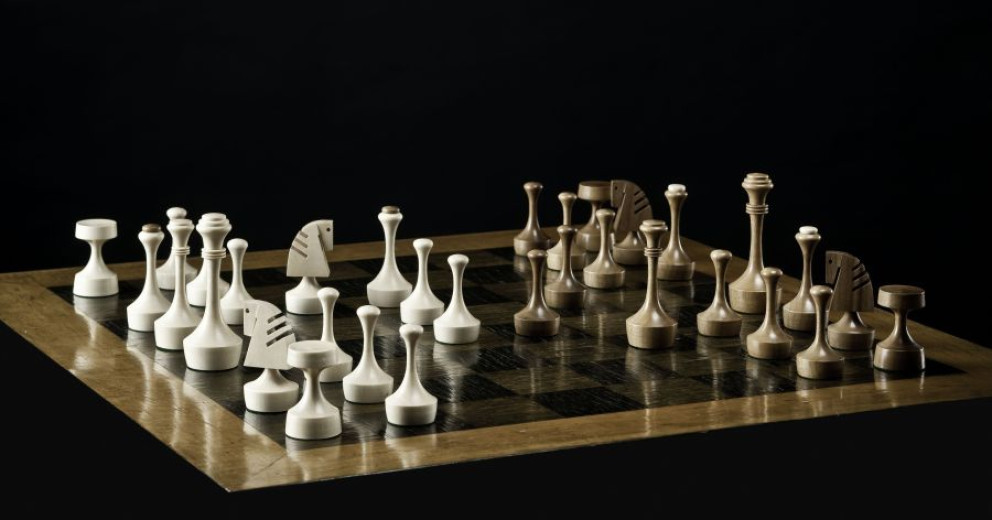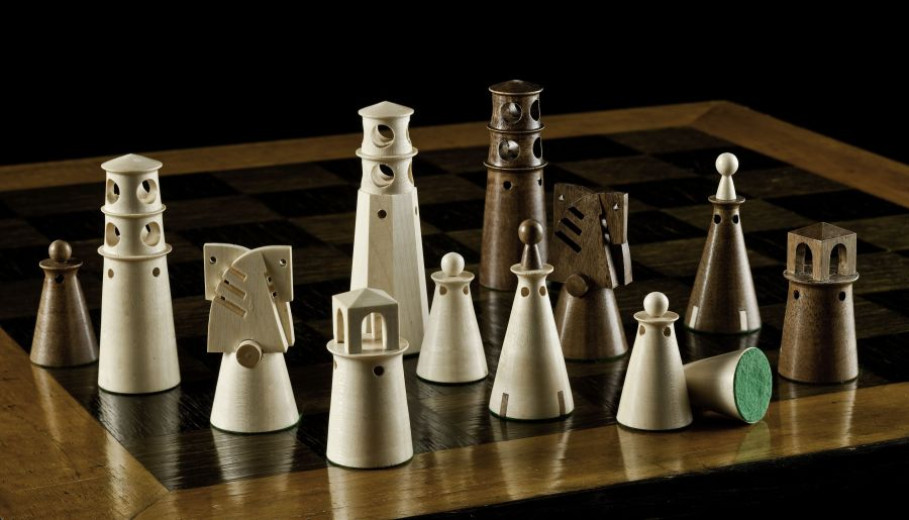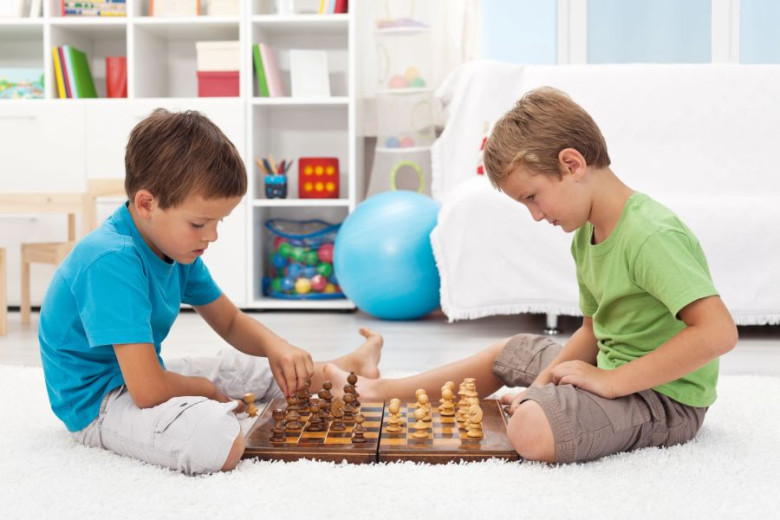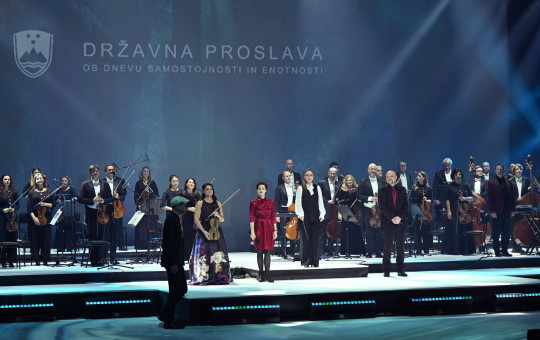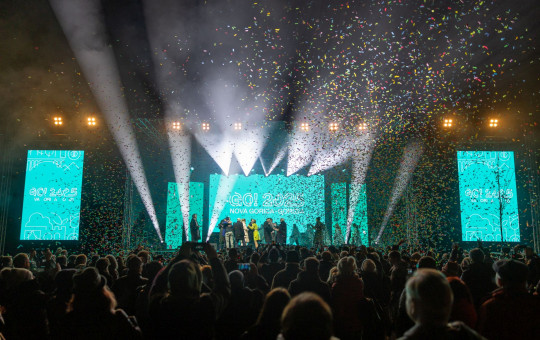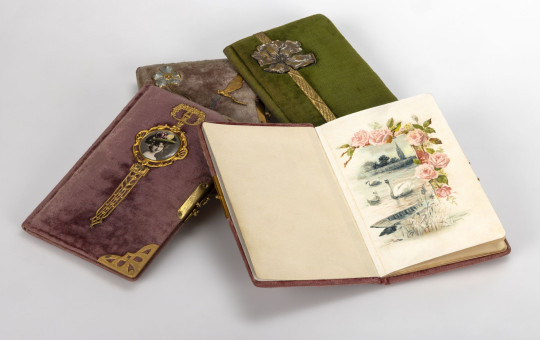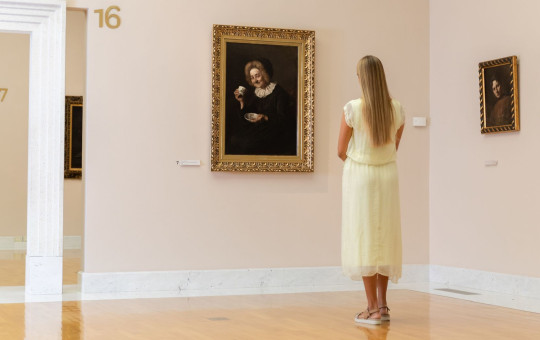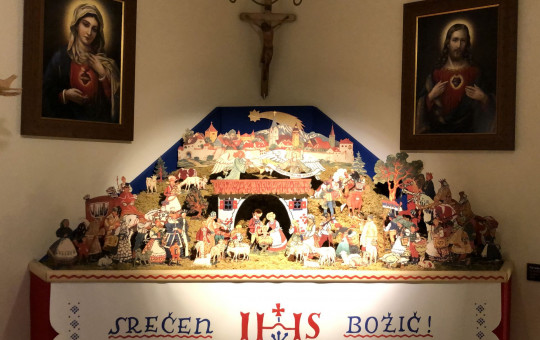Date: 26. April 2025
Time to read: 2 min
After a year-long break, the multi-day Ljubljana Chess Festival will once again take place in the capital, fully bringing to life the slogan "Ljubljana, the City of Chess." The festival, which began in 2014 as a one-day chess spectacle, now for the second consecutive year features a multi-day standard chess tournament.
Almost 200 chess players from 30 countries are registered for the main tournament this year, with as many participating in side tournaments, proving that Ljubljana has become a significant point on the global chess map. As part of the festival, there will be four memorial tournaments and the "Dragon Children's Tournament" for elementary school students.
The festival will be hosted by the Faculty of Electrical Engineering, which will also feature a small exhibition and a VIP chess tournament.
For the first time, a "chess marketplace" will be introduced at the festival, linking chess with robotics, high technology, tourism, art, and meditation.
In Slovenia, there are around 20,000 registered chess players, including 12 grandmasters and 5 female grandmasters. Slovenian chess players perform successfully in all major competitions, including the Chess Olympiads, World Championships, European Championships, and others. Following Laura Unuk and Luka Lenič, 16-year-old Matic Lavrenčič secured 2nd place this year at the U20 World Youth Chess Championship.
Nearly every Slovenian elementary school has a chess club, often mentored by members of local chess clubs.
Plečnik's Chess
The renowned Slovenian architect Jože Plečnik also designed a unique chess set. One set was made for his Franciscan friends and is kept in the monastery library in Ljubljana, while another is held by the family of architect Janez Aljančič.
The special feature of the Plečnik chess set, owned by the Aljančič family, lies in its playability. Plečnik incorporated feedback to make the pieces easily recognizable, unlike the Franciscan chess set, which, by traditional chess standards, is less suitable for play due to its indistinct pieces.
Professor Janez Suhadolc, a retired professor of freehand drawing at the Faculty of Architecture, University of Ljubljana, is also well-known as a designer and maker of unique furniture pieces—especially chairs, including chairs made for Pope John Paul II. Furthermore, Suhadolc is an avid chess enthusiast. Who better to design a chess set than someone who is both a designer and a chess player, capable of blending unique aesthetics with outstanding playability?
To honor distinguished names in Slovenian architecture, Suhadolc named his sets after them (Plečnik, Fabiani, Vurnik).
His love for the royal game was instilled in him from an early age, as his father—also a long-time collaborator of Jože Plečnik—designed one of the first Slovenian chess sets.
Janez Suhadolc’s father personally knew Plečnik, and Suhadolc dedicated a unique chess set inspired by Plečnik's work. The bishop and pawn pieces are conical, resembling the monument to Davorin Jenko; the knight is mounted on a cylinder, similar to the handle on the entrance doors of the National and University Library (NUK); the rook mimics graveyard chapels; and the king and queen are modeled after the "Osijek Studies."
Fabiani and Vurnik Sets
Two more of Suhadolc’s chess sets deserve mention. The Fabiani set draws inspiration from the Art Nouveau movement in architecture and design, characterized by curving floral ornaments. The most prominent Slovenian architect of this era was Maks Fabiani (1865–1962), known for works such as Urania (Vienna, 1910), Hribar House (Ljubljana, 1905), Kleinmayer-Bamberg House (1907), and Jakopič Pavilion (1908), as well as being the author of the first general urban plan for Ljubljana.
The Vurnik chess set slightly echoes the rounded arches of Ivan Vurnik's 1925 Sokol Hall in Ljubljana’s Tabor district. The building itself draws from Slovenian and Slavic artistic traditions, and the chess set also subtly recalls the famous Russian "Matryoshka" dolls.
Chess Masterpieces from Vnanje Gorice
In Vnanje Gorice, a unique workshop called Noj operates, where Janez Novak and his sons Grega and Žiga Novak handcraft boutique chess sets. Their masterpieces, made from premium local woods, are unique and custom-made. Buyers—mostly collectors from the U.S. and Europe—are willing to wait several years for a set, as they often become valuable family heirlooms. The workshop has produced several chess sets in collaboration with grandmasters and Slovenian designers such as Oskar Kogoj and Janez Suhadolc.
Outstanding chess pieces have also been designed by Jonas Žnidaršič, acclaimed by world chess elites such as Garry Kasparov, Judit Polgar, and Alexandra Kosteniuk.
He presented them with a special challenge: the minimalist Best Chessmen Ever (BCE) set. Combining aesthetic sophistication and functionality, the BCE set proves that chess is not merely a game but also a work of art.
Chess Is More Than a Move on the Board
Through its annual chess festival, rich history, and contemporary design mastery, Slovenia strengthens its reputation as a nation of chess artistry. The connection between chess, architecture, craftsmanship, and innovation creates a unique cultural fabric where the royal game is not just a sport or recreation, but an expression of Slovenian creativity, imagination, and tradition.
Chess in Slovenia lives not only on the chessboards but in the hands of master craftsmen, in the heritage of great architects, and in the heart of a country proudly presenting itself to the world as a nation of chess lovers and masters.

